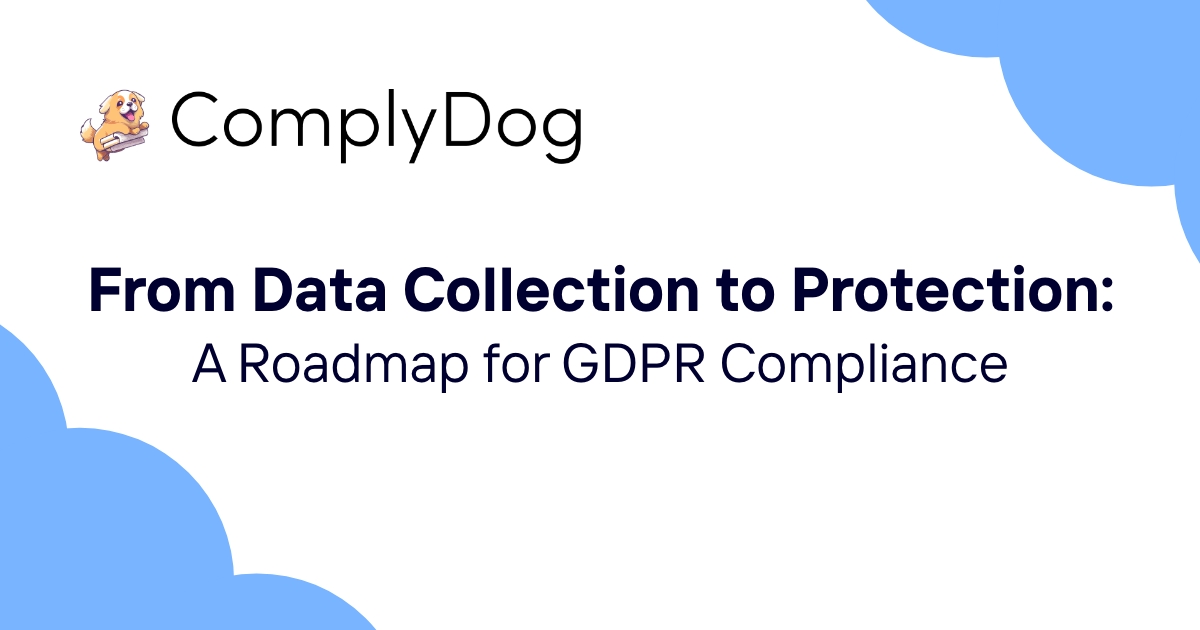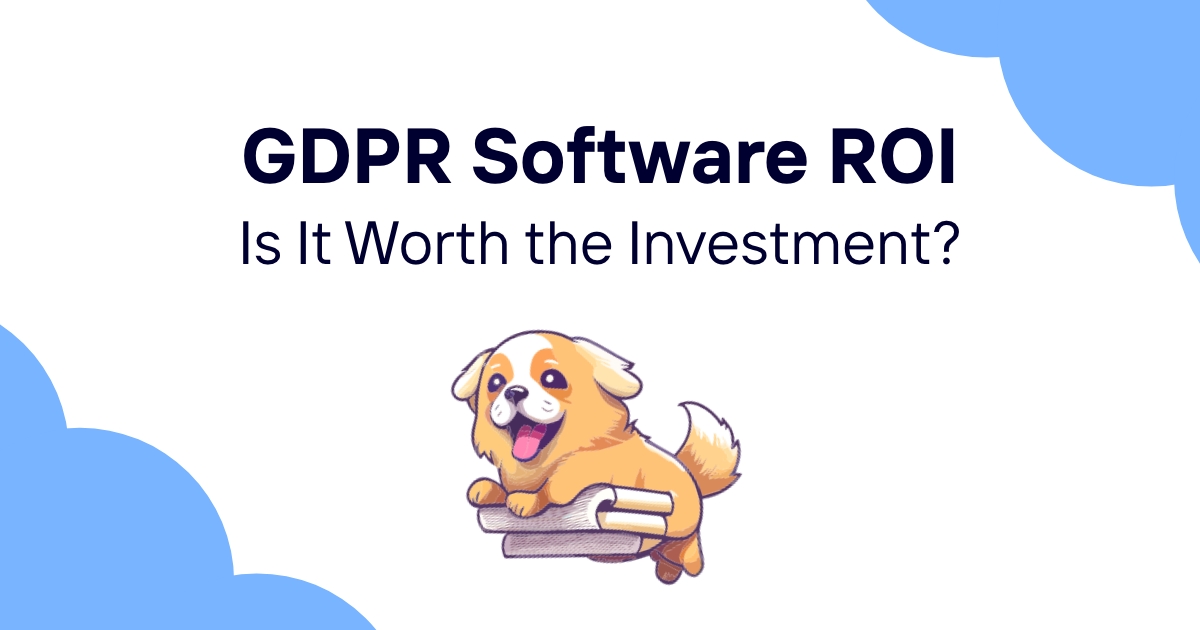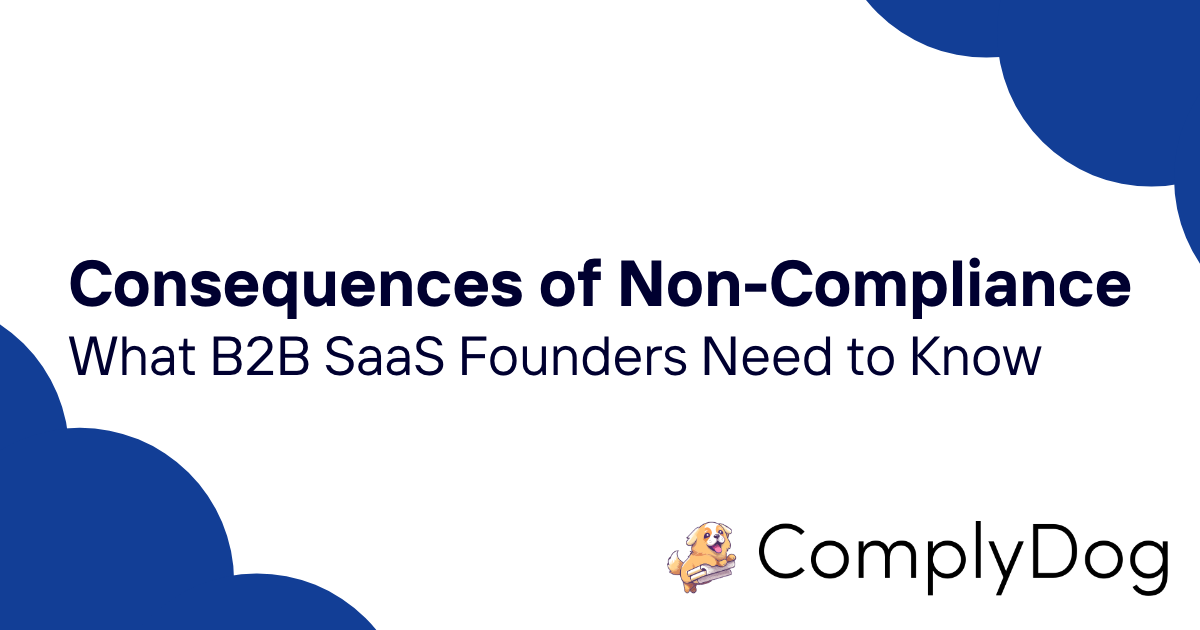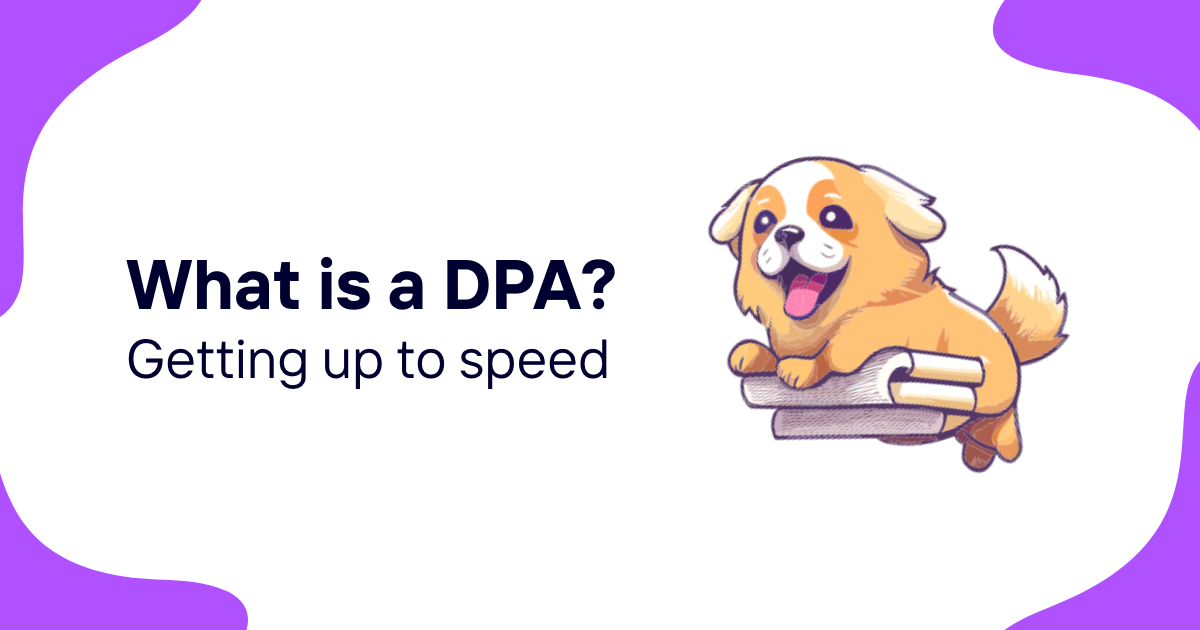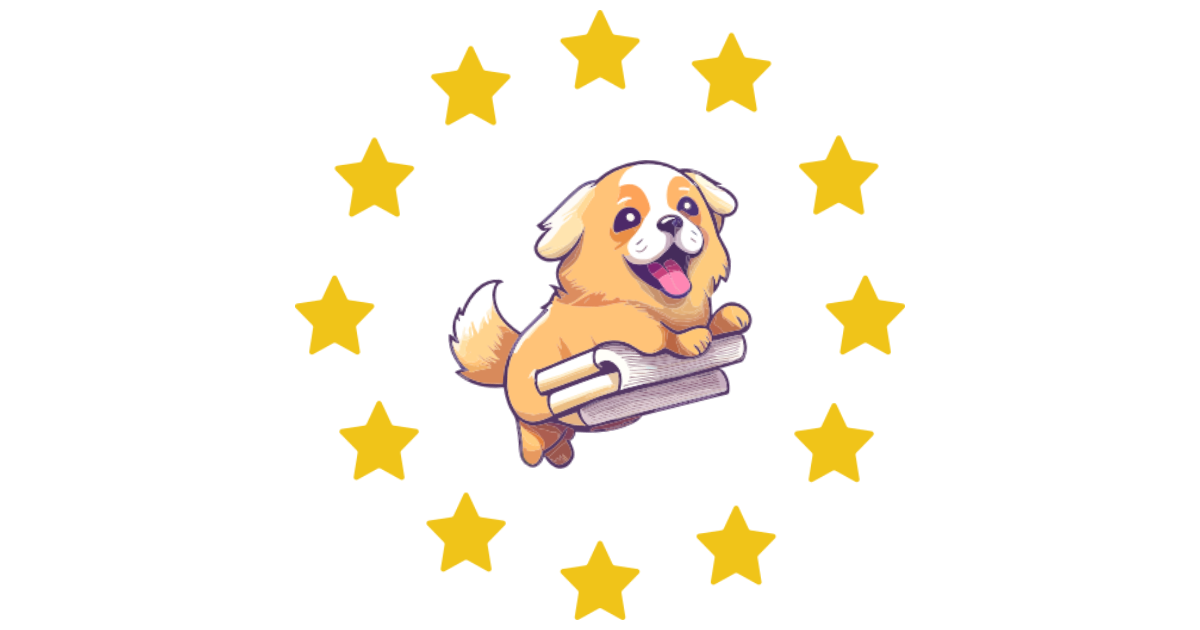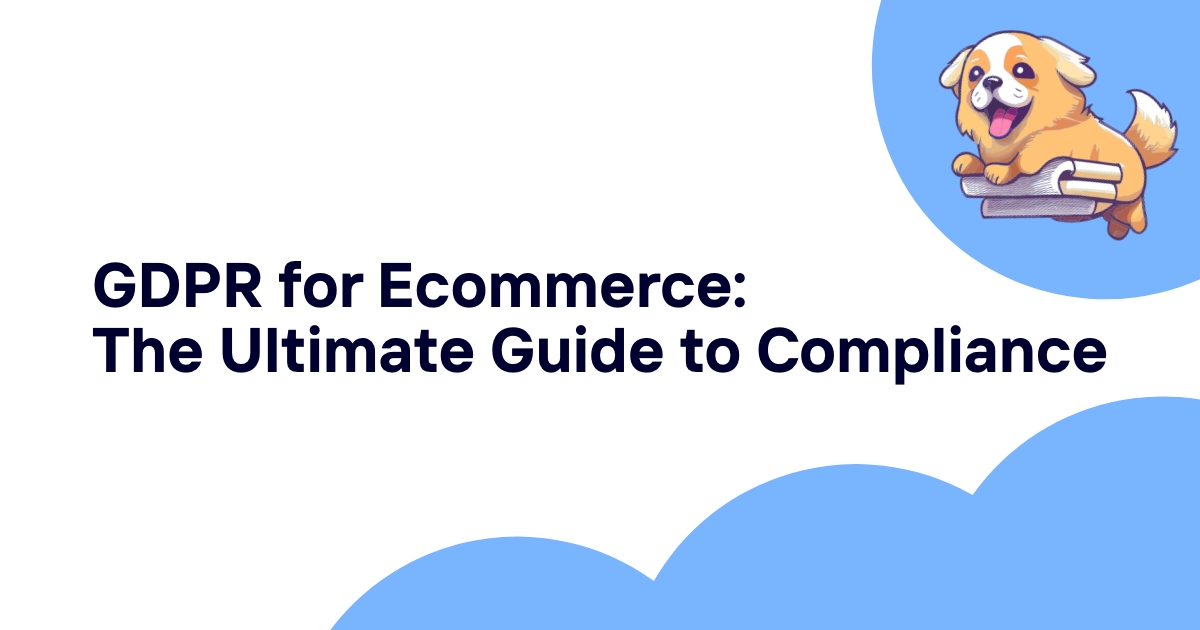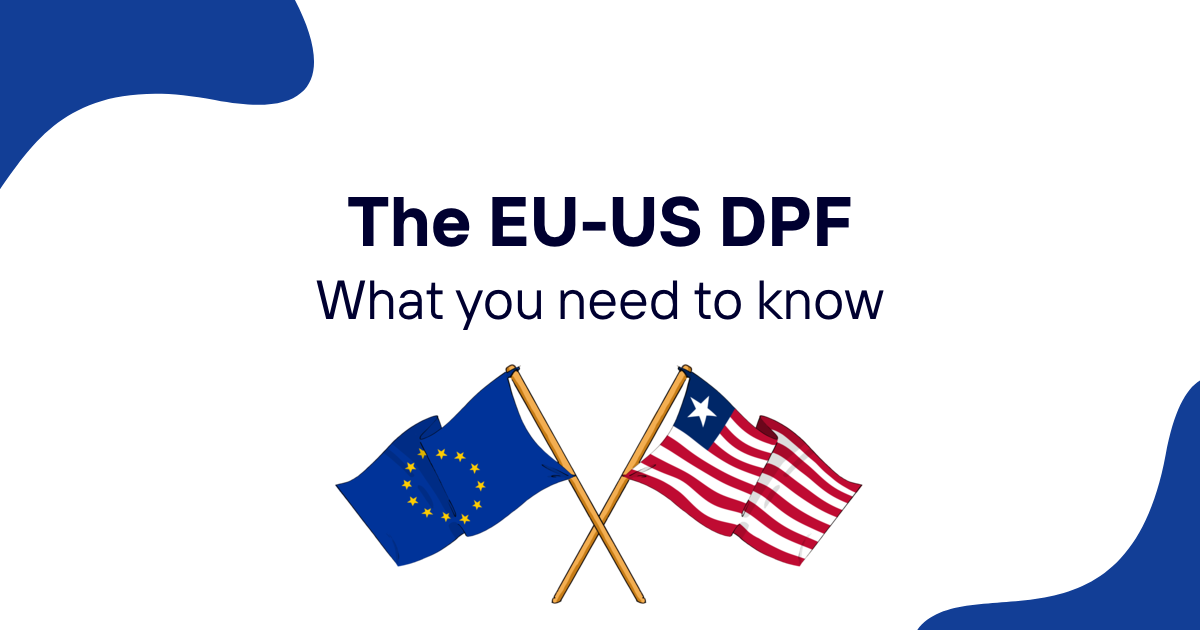In an age where data is the lifeblood of businesses, ensuring compliance with the General Data Protection Regulation (GDPR) has become a critical priority for organizations of all sizes. This comprehensive guide will walk you through the essential steps to achieve and maintain GDPR compliance, protecting both your customers' data and your business's reputation.
Table of Contents
- Understanding GDPR: The Basics
- Key Principles of GDPR
- Assessing Your Current Data Practices
- Implementing Data Protection Measures
- Managing Data Subject Rights
- Documenting Compliance Efforts
- Training Your Team
- Handling Data Breaches
- Ongoing Compliance and Auditing
- GDPR Compliance for Small Businesses
- International Considerations
- The Role of Technology in GDPR Compliance
Understanding GDPR: The Basics
The General Data Protection Regulation (GDPR) is a comprehensive data protection law that came into effect on May 25, 2018. It applies to all organizations processing personal data of individuals in the European Union (EU), regardless of the company's location. The regulation aims to give individuals more control over their personal data and to harmonize data protection laws across EU member states.
Key aspects of GDPR include:
- Expanded definition of personal data
- Stricter consent requirements
- Enhanced rights for data subjects
- Mandatory breach notifications
- Significant penalties for non-compliance
Understanding these fundamental aspects is crucial for any organization aiming to comply with GDPR.
Key Principles of GDPR
GDPR is built on several core principles that guide how personal data should be handled:
- Lawfulness, fairness, and transparency
- Purpose limitation
- Data minimization
- Accuracy
- Storage limitation
- Integrity and confidentiality
- Accountability
These principles form the foundation of GDPR compliance and should be at the heart of your organization's data protection strategy.
Assessing Your Current Data Practices
Before implementing GDPR compliance measures, it's essential to conduct a thorough assessment of your current data practices. This involves:
-
Data mapping: Identify what personal data you collect, where it's stored, how it's processed, and who has access to it.
-
Legal basis assessment: Determine the legal grounds for processing each type of personal data.
-
Risk assessment: Evaluate potential risks to individuals' rights and freedoms associated with your data processing activities.
-
Gap analysis: Compare your current practices against GDPR requirements to identify areas that need improvement.
This assessment will provide a clear picture of your organization's data landscape and help prioritize compliance efforts.
Implementing Data Protection Measures
Based on your assessment, implement appropriate technical and organizational measures to ensure data protection. These may include:
-
Data encryption: Protect personal data both at rest and in transit using robust encryption methods.
-
Access controls: Implement strict access controls to ensure only authorized personnel can access personal data.
-
Pseudonymization: Where possible, pseudonymize personal data to reduce the risk of identification.
-
Regular backups: Maintain regular backups of personal data to ensure data can be restored in case of loss or corruption.
-
Data minimization: Collect and retain only the personal data necessary for your specified purposes.
-
Data retention policies: Establish clear policies for how long personal data will be retained and ensure it's deleted when no longer needed.
Managing Data Subject Rights
GDPR grants individuals several rights concerning their personal data. Ensure your organization can fulfill these rights:
-
Right to be informed: Provide clear and concise privacy notices explaining how you collect and use personal data.
-
Right of access: Establish procedures to provide individuals with copies of their personal data upon request.
-
Right to rectification: Allow individuals to correct inaccurate or incomplete personal data.
-
Right to erasure: Implement processes to delete personal data when requested, subject to legal obligations.
-
Right to restrict processing: Be prepared to limit the processing of personal data when requested.
-
Right to data portability: Enable individuals to receive their personal data in a structured, commonly used format.
-
Right to object: Respect individuals' right to object to certain types of processing, including direct marketing.
-
Rights related to automated decision-making: Provide safeguards for individuals subject to decisions based solely on automated processing.
Documenting Compliance Efforts
GDPR emphasizes the principle of accountability, which requires organizations to demonstrate their compliance. Maintain comprehensive documentation of your GDPR compliance efforts, including:
- Records of processing activities
- Data protection impact assessments (DPIAs)
- Consent records
- Data breach response plans
- Staff training records
- Data protection policies and procedures
This documentation not only helps demonstrate compliance but also serves as a valuable resource for ongoing data protection efforts.
Training Your Team
Ensuring GDPR compliance is not just the responsibility of your legal or IT departments. All employees who handle personal data should receive regular training on:
- GDPR principles and requirements
- Your organization's data protection policies and procedures
- Recognizing and reporting data breaches
- Handling data subject requests
- Best practices for data security
Regular training helps create a culture of data protection within your organization and reduces the risk of non-compliance due to human error.
Handling Data Breaches
GDPR requires organizations to report certain types of data breaches to the relevant supervisory authority within 72 hours of becoming aware of the breach. To meet this requirement:
- Develop a clear data breach response plan
- Establish a process for quickly assessing the nature and scope of a breach
- Create templates for breach notifications to authorities and affected individuals
- Conduct regular drills to test your breach response procedures
- Maintain detailed records of all breaches, including those not reportable under GDPR
A well-prepared organization can respond swiftly and effectively to data breaches, minimizing potential harm and demonstrating commitment to data protection.
Ongoing Compliance and Auditing
GDPR compliance is not a one-time effort but an ongoing process. Regularly review and update your data protection measures:
- Conduct periodic data protection audits
- Stay informed about GDPR updates and guidance from supervisory authorities
- Monitor and assess new data processing activities for compliance
- Regularly test the effectiveness of your technical and organizational measures
- Update your documentation to reflect changes in your data practices
Continuous improvement of your data protection practices helps ensure long-term GDPR compliance and builds trust with your customers and stakeholders.
GDPR Compliance for Small Businesses
While GDPR applies to organizations of all sizes, small businesses may face unique challenges in achieving compliance. If you're a small business owner:
-
Focus on the basics: Ensure you understand GDPR principles and how they apply to your specific business activities.
-
Start with a data inventory: Identify what personal data you collect and process, and why.
-
Review your consent practices: Ensure you have a valid legal basis for processing personal data, including clear and specific consent where required.
-
Update your privacy policy: Provide transparent information about your data practices in clear, simple language.
-
Implement basic security measures: Use strong passwords, encrypt sensitive data, and regularly update your software.
-
Train your staff: Even if you have a small team, ensure everyone understands their role in protecting personal data.
-
Prepare for data subject requests: Develop simple procedures for responding to individuals' rights requests.
-
Consider appointing a data protection lead: While you may not need a formal Data Protection Officer, designate someone to oversee data protection efforts.
Remember, GDPR compliance is about adopting good data protection practices, which can benefit your business regardless of size.
International Considerations
For organizations operating outside the EU but processing EU residents' data:
- Determine if GDPR applies to your activities
- Appoint an EU representative if required
- Understand the rules for international data transfers
- Consider obtaining Privacy Shield certification or implementing Standard Contractual Clauses
- Be aware of potential conflicts between GDPR and local laws in your country
Navigating international data protection laws can be complex, so consider seeking legal advice to ensure compliance across all relevant jurisdictions.
The Role of Technology in GDPR Compliance
While GDPR compliance primarily involves organizational policies and practices, technology can play a crucial role in streamlining and automating compliance efforts. GDPR compliance software, such as ComplyDog.com, can help organizations:
- Conduct comprehensive data mapping and inventory
- Manage consent and preferences
- Automate data subject request handling
- Generate compliance documentation
- Monitor and report on compliance status
- Conduct risk assessments and DPIAs
- Manage data retention and deletion
By leveraging technology, organizations can not only achieve GDPR compliance more efficiently but also maintain it more effectively over time. Compliance software can provide a centralized platform for managing data protection activities, reducing the risk of oversights and ensuring consistent application of GDPR principles across the organization.
For example, ComplyDog.com offers features specifically designed to address GDPR requirements, such as automated data mapping, customizable privacy policy generators, and tools for managing data subject requests. By using such a platform, companies can streamline their compliance processes, reduce the risk of human error, and stay up-to-date with evolving data protection regulations.
Ultimately, while technology alone cannot ensure GDPR compliance, it can significantly simplify the process, especially for small and medium-sized businesses that may not have dedicated compliance teams. By combining robust organizational policies with the right technological tools, businesses can build a strong foundation for GDPR compliance that protects both their customers' data and their own interests.
In conclusion, achieving and maintaining GDPR compliance requires a comprehensive approach that touches on every aspect of how an organization collects, processes, and protects personal data. By following the roadmap outlined in this guide and leveraging appropriate technological solutions, organizations can not only meet their legal obligations but also build trust with their customers by demonstrating a commitment to data privacy and security. Remember, GDPR compliance is an ongoing journey, not a destination, and staying informed and adaptable is key to long-term success in data protection.
